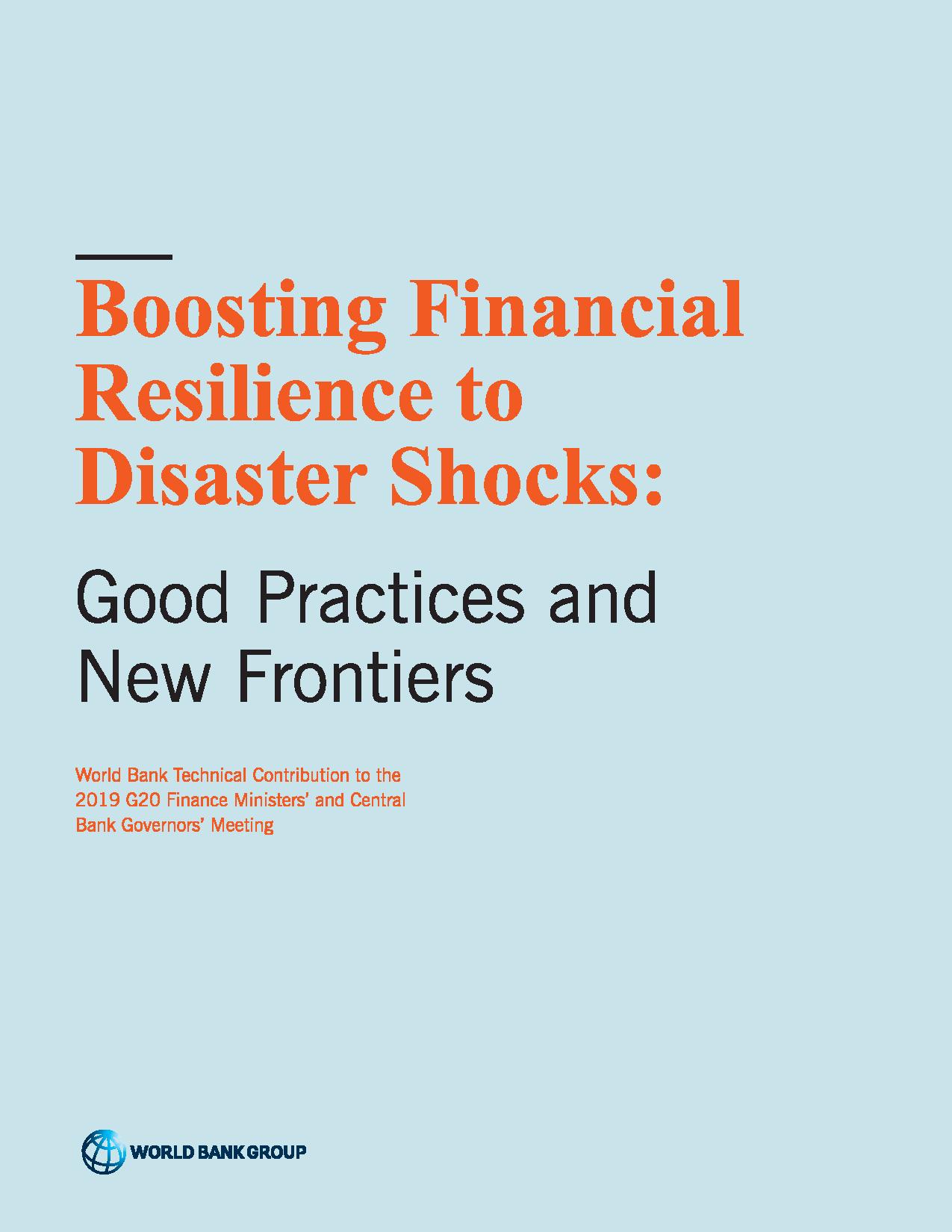A recent assessment by the International Monetary Fund (IMF 2018a) reveals that disasters’ macroeconomic impacts can create a vicious cycle that lowers growth and increases debt, especially in small and vulnerable states; some countries, including the Dominican Republic, Samoa, and Vanuatu, have embedded macroeconomic assessment of disaster risk into debt sustainability analyses. Infrequent but severe disasters, such as earthquakes and tropical storms, can lower sovereign ratings, potentially increasing interest expenses (Standard & Poor’s 2015).
This approach ensures timely and efficient access to funds; and by making funding more predictable, it also improves the resilience of national and subnational governments, households, and businesses. Middle-income countries such as Indonesia are increasingly integrating these strategies in their macro-fiscal assessment and planning by identifying and quantifying their disaster-related contingent liabilities, with some countries starting to include the results in fiscal risk statements (OECD and World Bank 2018).

